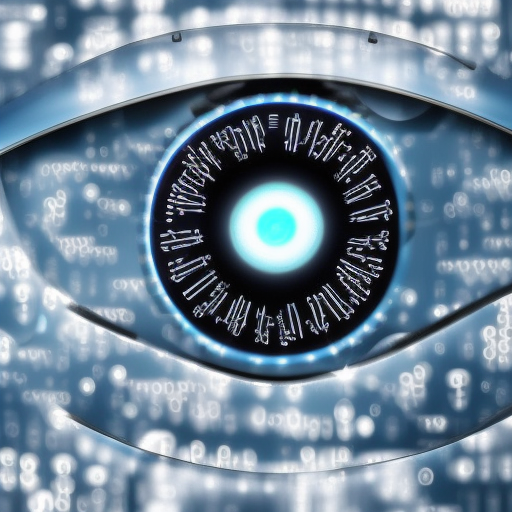I will first mention the weather. If you haven’t heard, it is an important topic of conversation in Britain. With good reason: the weather changes on a dime and can be beautiful one moment and terrible the next. Last Monday, clouds were threatening rain and it was muggy. Ha! I thought, perfect weather for an indoor conference. So I hopped on a train to London. On the way there I remembered that this wasn’t just any conference, it was a Henry Stewart digital asset management conference. This may not mean much to those of you who are new to the DAM field. Henry Stewart conferences have been hailed as the best DAM conferences around (they also host conferences in New York, Los Angeles, and Chicago). After having finished a class on Digital Asset Management last semester at San Jose State University, I was ready to learn more. I wasn’t alone. DAM is becoming mainstream. Their New York DAM conference last May played host to over 400 attendees — so far, the largest attendance of any Henry Stewart DAM conference. According to David Lipsey, the DAM EU conference chair, about 80% of the attendees are people who manage and sell content, the other 20% is made up of people from cultural heritage, special collections, and students. Most of the other delegates I spoke with listed several reasons why they attended. They wanted to network, learn about the current trends, discuss solutions with vendors (there were just shy of ten present), and listen to case studies. As one delegate put it, he wanted to hear other people’s war-stories. There were more DAM topics covered than I care to delve into in this posting. Some of the highlights for me were digitizing and licensing films with DAM, whether a general DAM could be used in a broadcast setting (versus a specialised media asset management system), archiving websites, lifecycle management, and building a business case for DAM. Judging by the lively Q&A and the conversations we had in our break-out groups, the important issues facing DAM professionals today are how to demonstrate ROI, change management, user adoption, compliance, system usability, and who owns and manages the DAM and the metadata that goes into it.
Coming from a library and information science perspective, I was engaged by several challenges common to DAM and IS pros alike. DAM professionals are grappling with how to manage metadata, something IS professionals have been doing for millennia. Mark Davey, founder of the DAM Foundation, a digital asset management association, calls himself and other DAM professionals metamunchers. In his session, Mr. Davey argued that our need to connect with each other will lead to the realisation of the semantic web. These connections generate huge sets of metadata that can be analysed for good or ill. Other panels focused on metadata issues and rights management. One of the most crucial topics that was not discussed in much detail was digital archiving and preservation. It seems that the prevailing expectation is that once digital assets are online they will remain there for eternity. This is unlikely to be the case, but no one wants to spend time preparing these assets for archiving (or deletion). It is difficult to justify these efforts if they hardly result in revenue. However, putting a digital preservation strategy in place before a DAM implementation is crucial. Ideally it would be established prior to digitisation, asset creation, or metadata ‘tagging’. As part of the strategy, the assets’ lifecycle must be agreed upon. Ultimately steps taken to preserve digital assets will ensure they remain safe and accessible (aka findable) well into the future.




Leave a comment